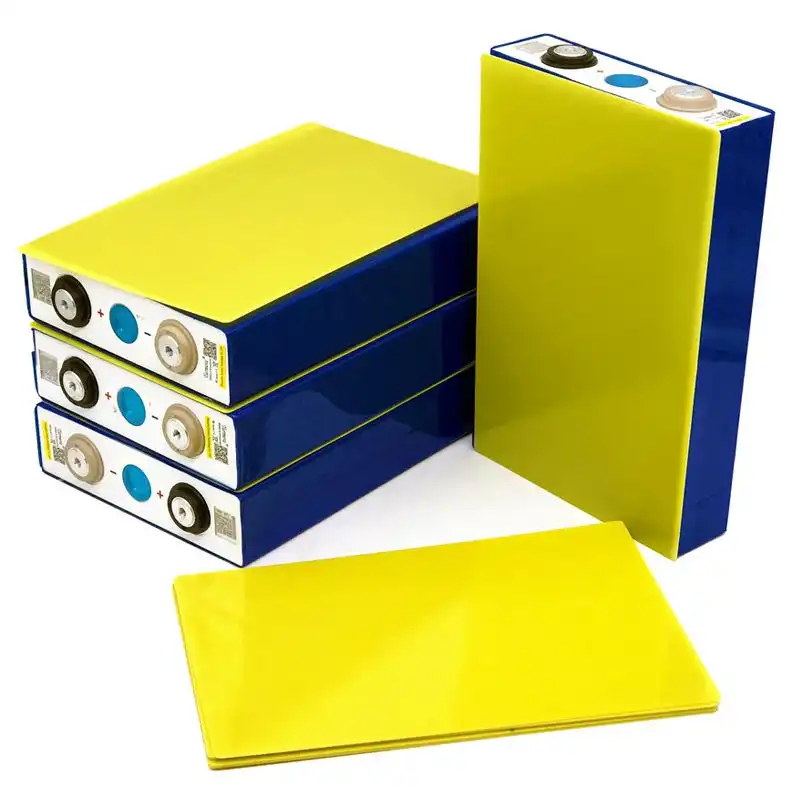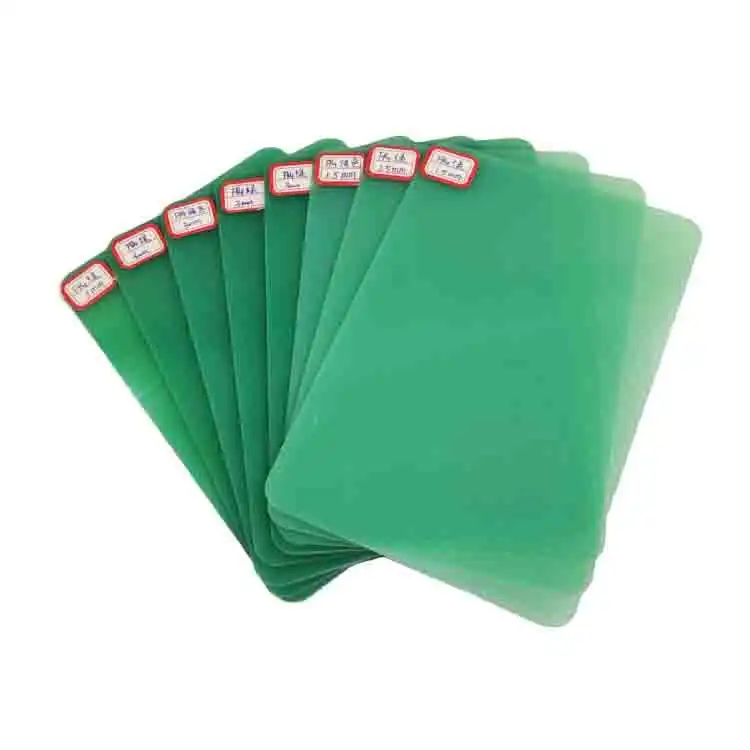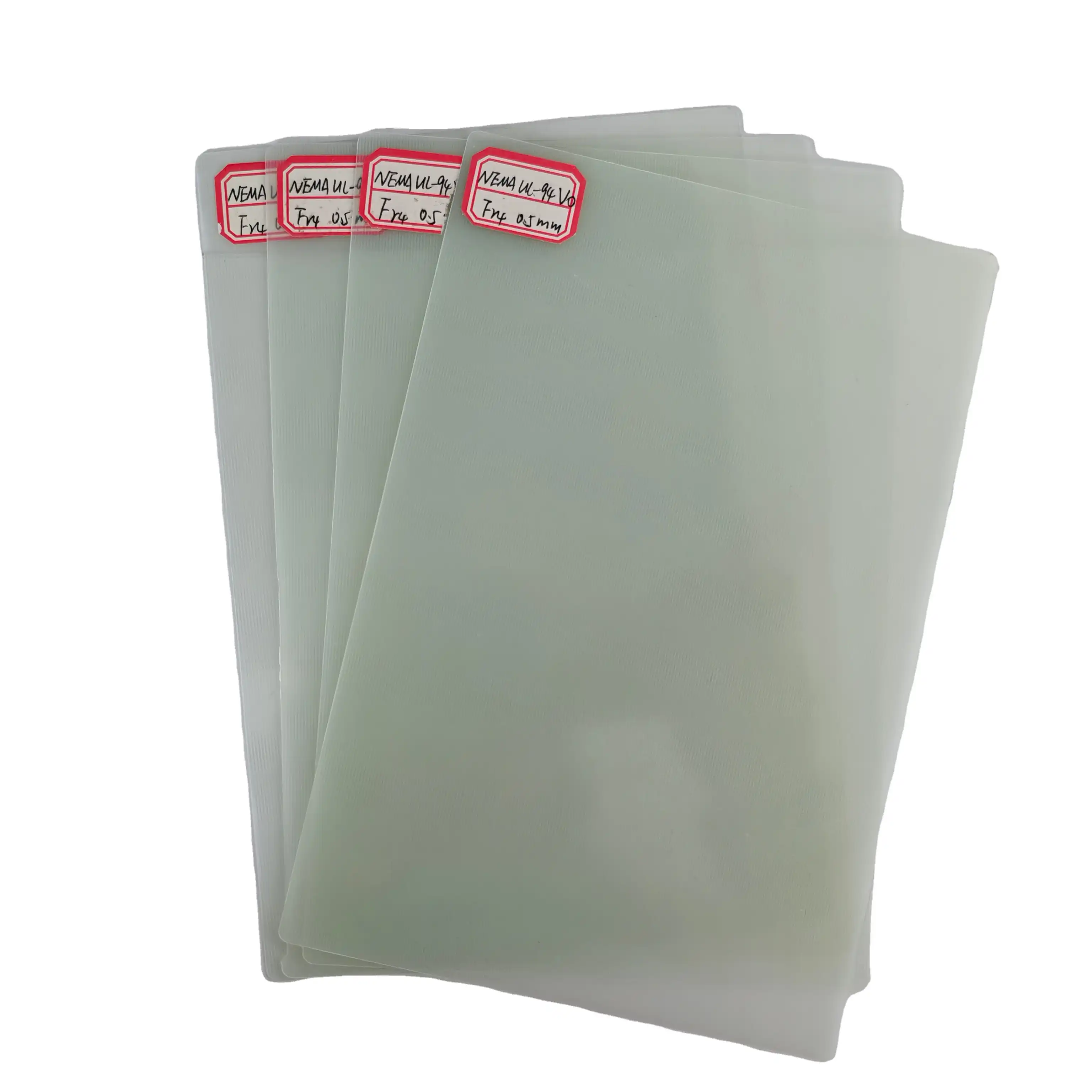How Is Fr-4 Used In Pcbs?
2024-11-12 17:28:40
FR-4, a versatile and widely-utilized material in the electronics industry, plays a crucial role in the manufacturing of Printed Circuit Boards (PCBs). As a leading manufacturer of insulating sheets with over two decades of experience, we at J&Q understand the importance of FR-4 in PCB production. In this comprehensive guide, we'll explore the various applications of FR-4 in PCBs, its unique properties, and why it remains the material of choice for countless electronic devices.
The Fundamentals of FR-4 in PCB Manufacturing
Composition and Properties of FR-4
FR-4, short for Flame Retardant 4, is a composite material consisting of woven fiberglass cloth impregnated with an epoxy resin binder. This unique composition endows FR-4 with exceptional electrical insulation properties, mechanical strength, and flame resistance. The material's low moisture absorption, high thermal stability, and excellent dimensional stability make it an ideal substrate for PCBs in various applications.
FR-4 Grades and Specifications
FR-4 comes in different grades, each tailored to specific requirements in PCB manufacturing. These grades vary in their glass transition temperature (Tg), dielectric constant, and other properties. For instance, high-Tg FR-4 is suitable for applications requiring enhanced thermal performance, while low-loss FR-4 is preferred for high-frequency circuits. Understanding these specifications is crucial for selecting the appropriate FR-4 grade for a given PCB design.
Manufacturing Process of FR-4 PCBs
The production of FR-4 PCBs involves several steps, including lamination, drilling, copper plating, and etching. The FR-4 substrate serves as the base material onto which copper layers are bonded. Through a series of photolithographic processes, the desired circuit patterns are created on the copper layers. The FR-4's stability during these manufacturing processes contributes to the overall quality and reliability of the final PCB.
Applications of FR-4 in Different PCB Types
Single-Sided and Double-Sided PCBs
FR-4 is a widely used material in the manufacture of both single-sided and double-sided printed circuit boards (PCBs). In single-sided boards, FR-4 serves as a strong, insulating foundation that supports the copper layer on one side, ensuring durability and electrical isolation. For double-sided PCBs, FR-4's superior dielectric properties make it ideal for supporting copper layers on both sides, facilitating more intricate circuit designs and enabling higher component density. This versatility makes FR-4 a preferred choice for a broad range of electronic applications, from consumer devices to industrial equipment.
Multi-Layer PCBs
FR-4’s role in multi-layer PCBs highlights its flexibility and importance in modern electronics. By stacking layers of FR-4 prepreg and copper foil, manufacturers can produce PCBs with many conductive layers, allowing for the creation of highly complex, high-density circuits. This capability is crucial for compact electronic devices that require advanced functionality without sacrificing size. FR-4’s stable electrical properties across these layers ensure reliable signal integrity, making it an ideal choice for applications in everything from smartphones to advanced medical devices and aerospace technology.
Flexible and Rigid-Flex PCBs
While FR-4 is primarily associated with rigid PCBs, it also finds application in rigid-flex boards. In these hybrid designs, FR-4 is used for the rigid sections, providing stability and support for components. The flexible sections, typically made of polyimide or other flexible materials, are then bonded to the FR-4 rigid areas. This combination allows for versatile PCB designs that can fit into compact or irregularly shaped spaces.

Advantages and Challenges of Using FR-4 in PCBs
Benefits of FR-4 in PCB Design
FR-4 offers numerous advantages in PCB design and manufacturing. Its excellent electrical insulation properties ensure minimal signal loss and crosstalk between traces. The material's mechanical strength provides durability to the PCB, protecting it from physical stress and vibrations. Additionally, FR-4's flame-retardant nature enhances the safety of electronic devices, meeting stringent fire safety standards across various industries.
Limitations and Considerations
Despite its many benefits, FR-4 has certain limitations that designers must consider. At high frequencies, FR-4 can exhibit signal losses, which may be problematic for some high-speed applications. Its thermal conductivity is relatively low compared to ceramic substrates, potentially limiting its use in high-power applications. Engineers must carefully evaluate these factors when choosing FR-4 for specific PCB designs.
Emerging Alternatives and Future Trends
While FR-4 remains the industry standard, research into alternative materials continues. High-frequency laminates, such as PTFE-based materials, offer improved performance for RF and microwave applications. Thermally enhanced FR-4 variants are being developed to address heat dissipation challenges. As electronic devices become more sophisticated, the evolution of PCB materials, including advancements in FR-4 technology, will play a crucial role in meeting future design requirements.
Conclusion
FR-4 continues to be the backbone of PCB manufacturing, offering a balanced combination of electrical, mechanical, and thermal properties. Its versatility in various PCB types, from simple single-sided boards to complex multi-layer designs, underscores its importance in the electronics industry. As technology advances, FR-4 evolves, adapting to meet the changing demands of modern electronic devices. Understanding the applications and characteristics of FR-4 in PCBs is essential for engineers and manufacturers alike in creating reliable and efficient electronic products.
Contact Us
For more information about our FR-4 insulating sheets and other PCB materials, please don't hesitate to contact us at info@jhd-material.com. Our team of experts is ready to assist you in selecting the right materials for your PCB projects, leveraging our extensive experience in insulating sheet production and international trade.
References
1. Thompson, R. J. (2019). "Advanced PCB Materials: From FR-4 to High-Performance Laminates." Journal of Electronic Materials, 48(3), 1567-1580.
2. Chen, Y., & Liu, X. (2020). "Thermal Management Strategies in FR-4 Based PCB Designs." IEEE Transactions on Components, Packaging and Manufacturing Technology, 10(6), 985-994.
3. Nakamura, S., & Yamamoto, T. (2018). "High-Frequency Performance of FR-4 in Multi-Layer PCB Applications." Proceedings of the International Symposium on Electrical Insulating Materials, 201-204.
4. Fischer, M., & Schmidt, A. (2021). "Comparative Analysis of FR-4 Grades for High-Speed PCB Design." Circuit World, 47(2), 137-149.
5. Lee, H. S., & Park, J. K. (2017). "Advancements in FR-4 Technology for Next-Generation Electronics." Journal of Materials Science: Materials in Electronics, 28(7), 5187-5196.
6. Zhang, L., & Wang, R. (2022). "Environmental Impact and Recyclability of FR-4 in PCB Manufacturing." Sustainable Materials and Technologies, 31, e00295.







